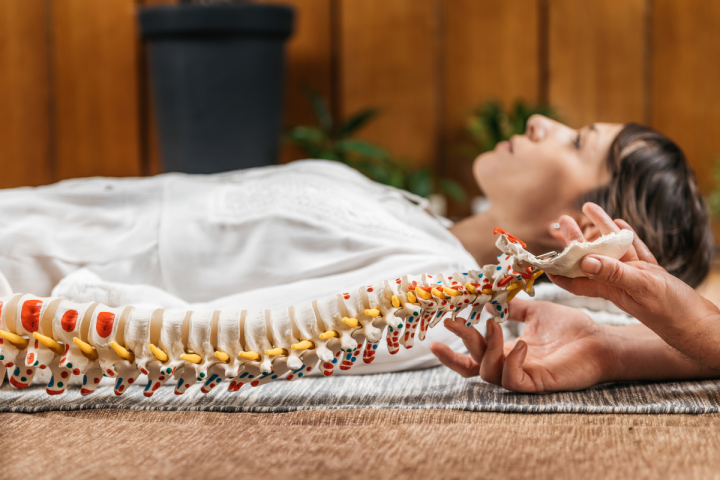In the same way as the issue of adequate nutrition, proper exercise habits in children are also of great importance in promoting healthy lifestyles. It is thanks to them that the youngest children will be able to avoid many illnesses and postural problems in the future. But which exercises are worth doing with children and what should be kept in mind?
What are movement habits in children?
Motor habits in children are learned, acquired motor activities that are based on a number of neurophysiological mechanisms. Ultimately, they allow the intended results of activities to be achieved with minimal loss of energy and time, often in a state of secondary unconsciousness. How movement habits are formed depends on many different factors, as well as the body's individual predisposition, sensations, memory and perception. It is not easy to correct incorrectly formed movement habits, which is why it is so important to approach them appropriately. It is worth remembering that attention should be paid to movement habits both when walking and when sitting or even lying down.
Appropriate movement habits in children - how to support them?
When a parent observes worrying signs in their child which may indicate that they have developed abnormal movement habits, they should always seek help from paediatrician or experienced in paediatric physiotherapist. Correct movement habits in children can be corrected with appropriate forms of therapy. Play exercises play a very important role in this. There is nothing to prevent you from doing them with your child not only in the rehabilitation clinic, nursery or school, but also at home. Which therapeutic methods and games are particularly recommended?

Vojta method
This method is directed by specialists at the youngest children (including many infants). What does it involve? First of all, manual stimulation of pressure points, which are located in specific zones on the body. Special body positions are used in order to activate the muscles in an appropriate way, which triggers specific (appropriate) reactions. The exercises are first paediatric physiotherapist and then instructs the parents on possible stimulation measures at home.
Veronica Sherborne Developmental Movement Method - MRR
This method uses movement as a tool to influence the psychomotor development of children and to correct developmental disorders that have occurred. Recommended exercises include lying on the abdomen or back and rolling onto the back or stomach. In addition, it is a good idea to practise sliding in circles on the stomach or back. Activities such as rolling in circles on the buttocks in a sitting position are also popular. Another method is drawing the knees towards the torso and crawling. Therapy takes place in pairs or in a larger group.
Ndt Bobath method
The exercises are focused on controlling the child's activity through so-called key points. These are the head, neck and shoulder girdle. The method helps to develop the right motor habits in children by selecting the type and pace of exercise individually. Great emphasis is placed on normalisation of muscle tone, and the exercises should be performed during everyday activities (bathing, dressing or playing). Rehabilitation balls and rollers are also often used in therapy.




